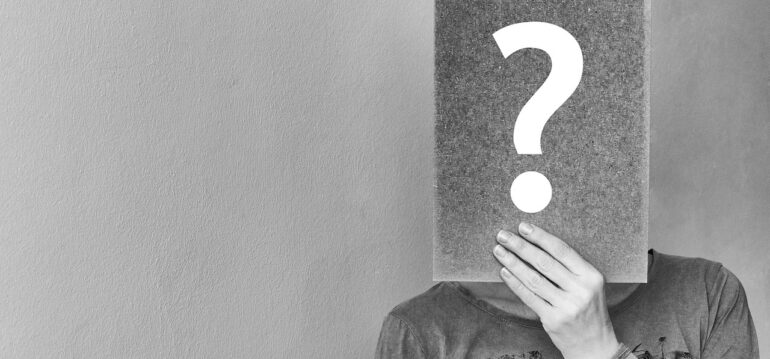
Discover the answers to your hair transplant questions. Get the facts on what causes hair loss, success rates, post-procedure care, and more with our Hair Transplants guide to frequently asked questions.Hair transplants are growing in popularity, yet there is still much uncertainty surrounding the process. To help you out, we’ve compiled a list of the most frequently asked questions about hair transplants. From understanding what causes hair loss and success rates to post-procedure care and appearance – this guide will answer all your queries about this treatment. Get ready for some interesting facts as we explore these important topics.Table of Contents:
- Importance of Follicular Units
- Post Procedure Appearance
- Bandage Necessity After Surgery?
- Time Off Work Needed?
- Follicular Unit Extraction (FUE) Hair Transplant:
- Follicular Unit Transplantation (FUT):
- Conclusion

